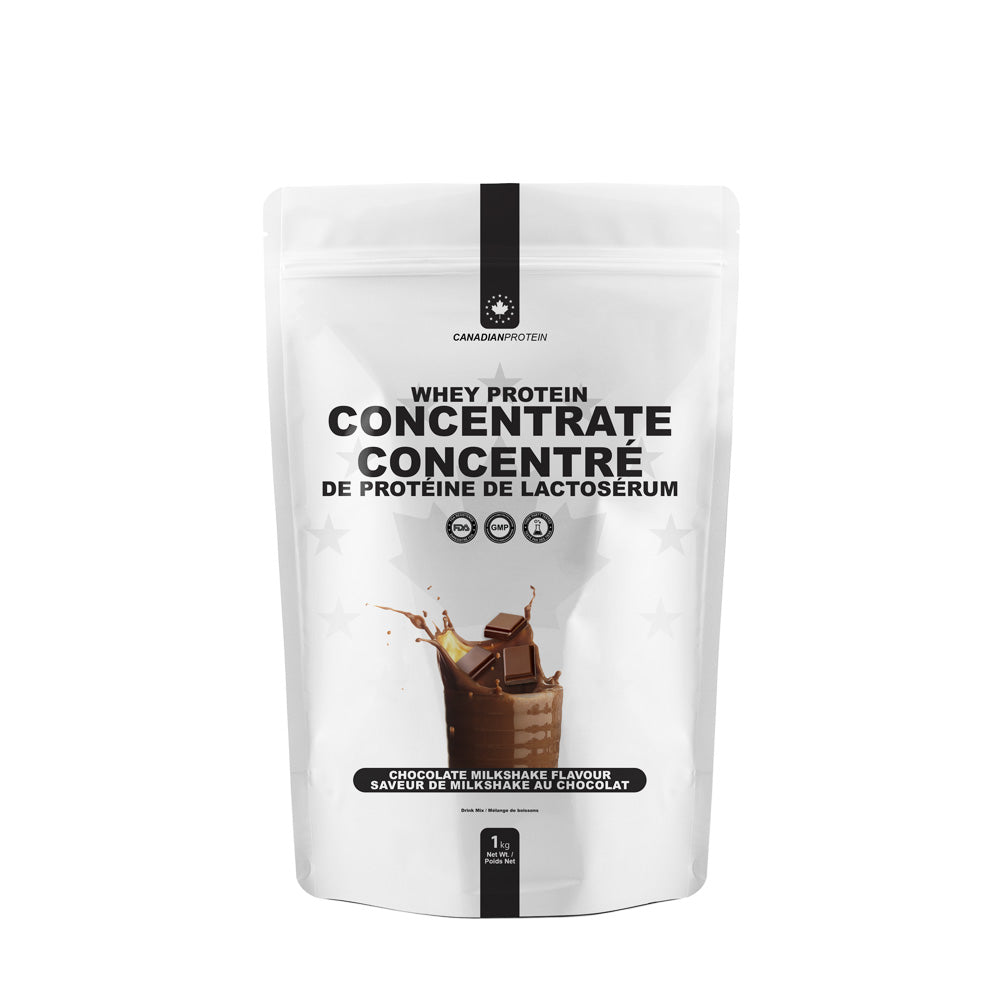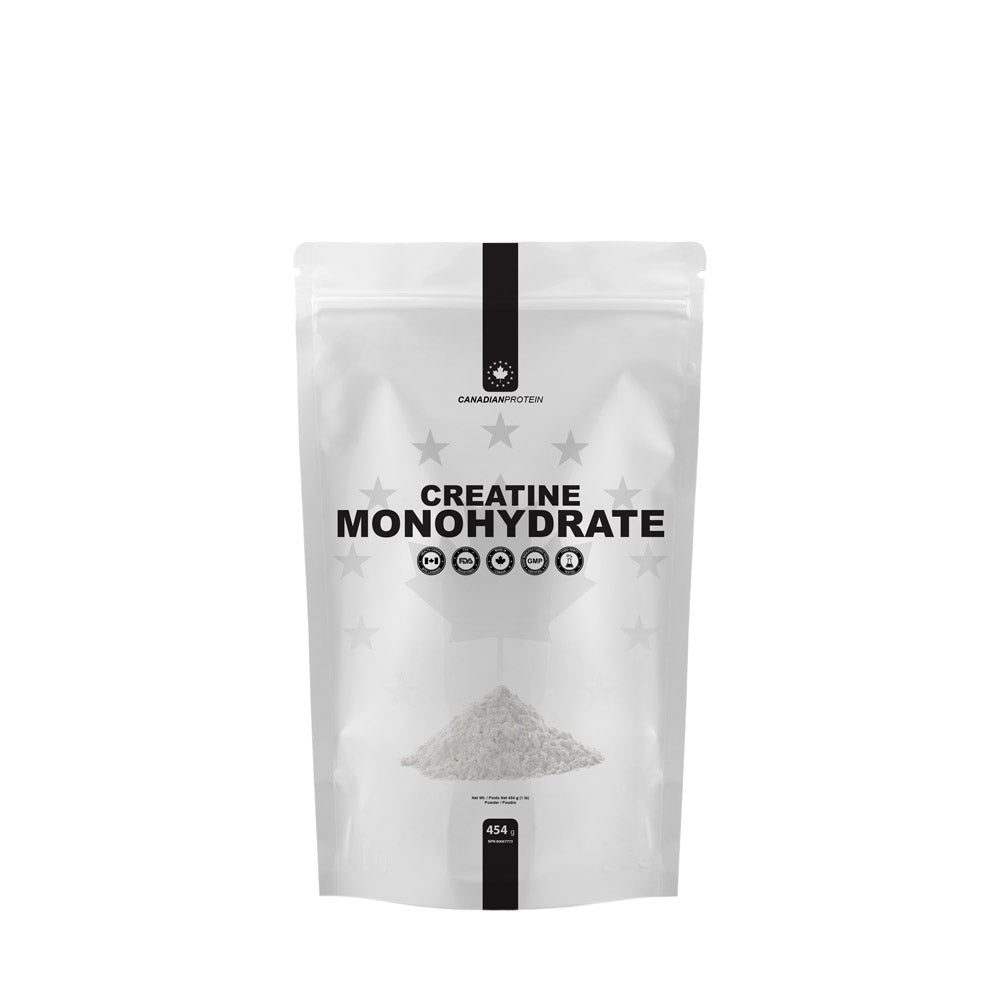People get into health and fitness for a whole variety of different reasons. Some do so as a way of being healthier and improving their quality of life. Others do so in order to achieve fitness goals and objectives such as losing weight. Whatever your reasons for taking up health and fitness may be, one thing you’ll no doubt be paying very close attention to is your progress. Progress can be tracked in a number of ways when it comes to health and fitness – some of which are far less conventional than you might have realized. If you’re wondering how far you’ve come and are questioning whether your new workout routine or nutritional plan is working, here’s a look at 3 simple ways of measuring fitness progress.

Weight
Okay, first and foremost we’re starting with what is probably the most common tool when it comes to tracking your progress - the bathroom scales. We’re not huge fans of using weight to monitor progress, because it doesn’t tell you the whole story. When people try to lose body fat, they weigh themselves to get an idea of how they’re doing. Weight is a good rough indication of how well you’re doing, but it isn’t definitive. The goal is to lose fat, yet if you burn fat but build muscle, your weight might stay the same. Weighing scales also don’t take into account water retention, clothing, or muscle mass. If you want to get a rough idea of whether or not your diet and exercise regime is working, weight is useful.

Progress pics
When people post progress pics online, they aren’t necessarily doing so to brag, but rather to document their journey and to measure their progress. If you take a progress pic in the same outfit, in exactly the same spot, with the same pose, and the same lighting, you’ll be amazed by what a difference you can see when you compare pics. Even though, according to the scales, you might not have lost any weight, when you compare old with new progress pics and can see how much lean muscle you’ve gained and how leaner you look, this is a clear indication that what you’ve been doing has been working.
Measurements
Another very simple and effective way of tracking and monitoring your progress is through measurements. If your goal is to lose body fat, before you change your diet and commit to an exercise regime you should take some simple measurements with a tape measure. Measure your waist, your thighs, your chest, and your arms and be sure to do so each week to see if you’re shrinking. If your measurements are going down, what you’re doing is working. If you want to bulk up, again, apply this principle, but see whether certain parts of your anatomy are increasing in size. Typically you’ll want to see increases in arm size, chest, shoulders, and the size of your quads at the very least.













